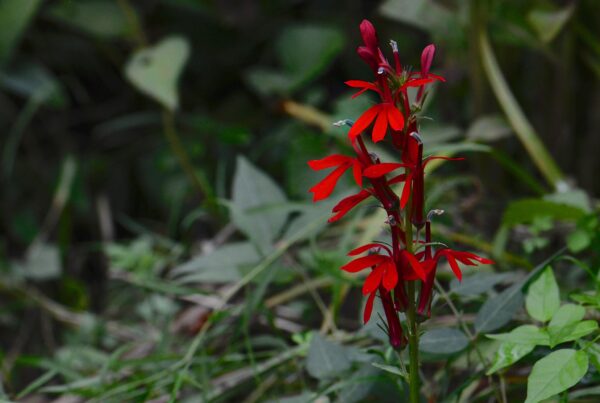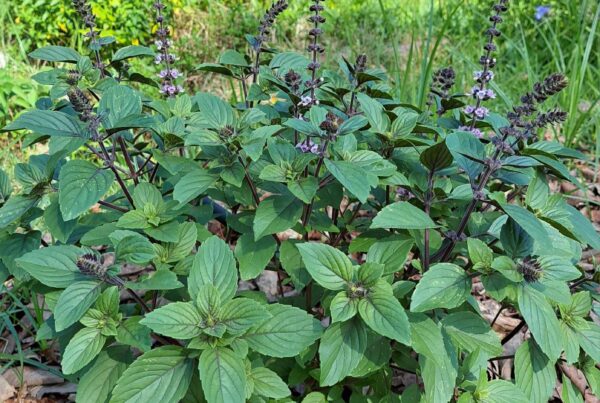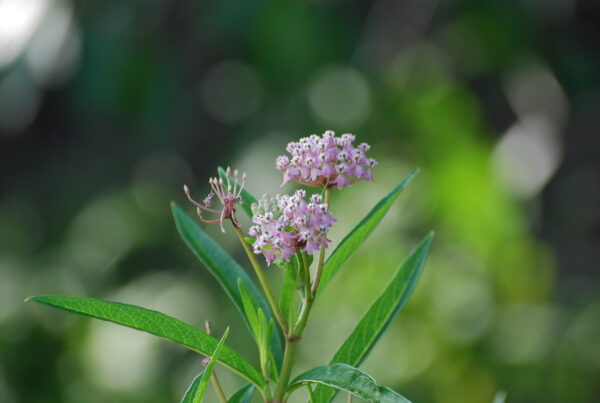Bird bills come in many shapes and sizes and are beautifully adapted for eating, building nests, feeding young, cleaning feathers and defending themselves. Backyard feeders can provide a good viewing spot for observing birds’ features and behavior. Looking closely at birds’ bills can provide us with clues about the types of food birds eat in their natural habitat.
Of course, eating at a feeder for a bird compares to stopping to grab a snack for us – usually a supplement to a healthy diet. Birds will eat what is available at feeders if they have the right bill for the seed.
The Northern Cardinal’s natural diet is a broad variety of seeds, grains, fruit, and some insects. Cardinals have thick, sturdy bills ideal for cracking open seeds. They can position large seeds lengthwise in their bills then use a back and forth motion to slice through them. At feeders, they will consume sunflower seeds and shelled peanuts.
Carolina wrens have perfect pointy bills for picking insects off leaves. They eat caterpillars, beetles, spiders, and even small lizards, tree frogs, and some seeds and berries in winter. At feeders they are attracted to peanuts and suet, perhaps drawn to the high fat and protein content.

Carolina Wren and Northern Cardinal by Barry Fraser
Blue Jays have strong bills good for their diet of acorns, other nuts, and seeds as well as insects, berries, and grains. Jays will flock to whole or shelled peanuts on platforms or in hanging feeders in backyards.
Woodpeckers have strong, tapered bills good for chiseling holes in trees to feed on insects, their diet staple. They also eat nuts, seeds and berries. At feeders, woodpeckers readily eat nuts and are very attracted to suet.
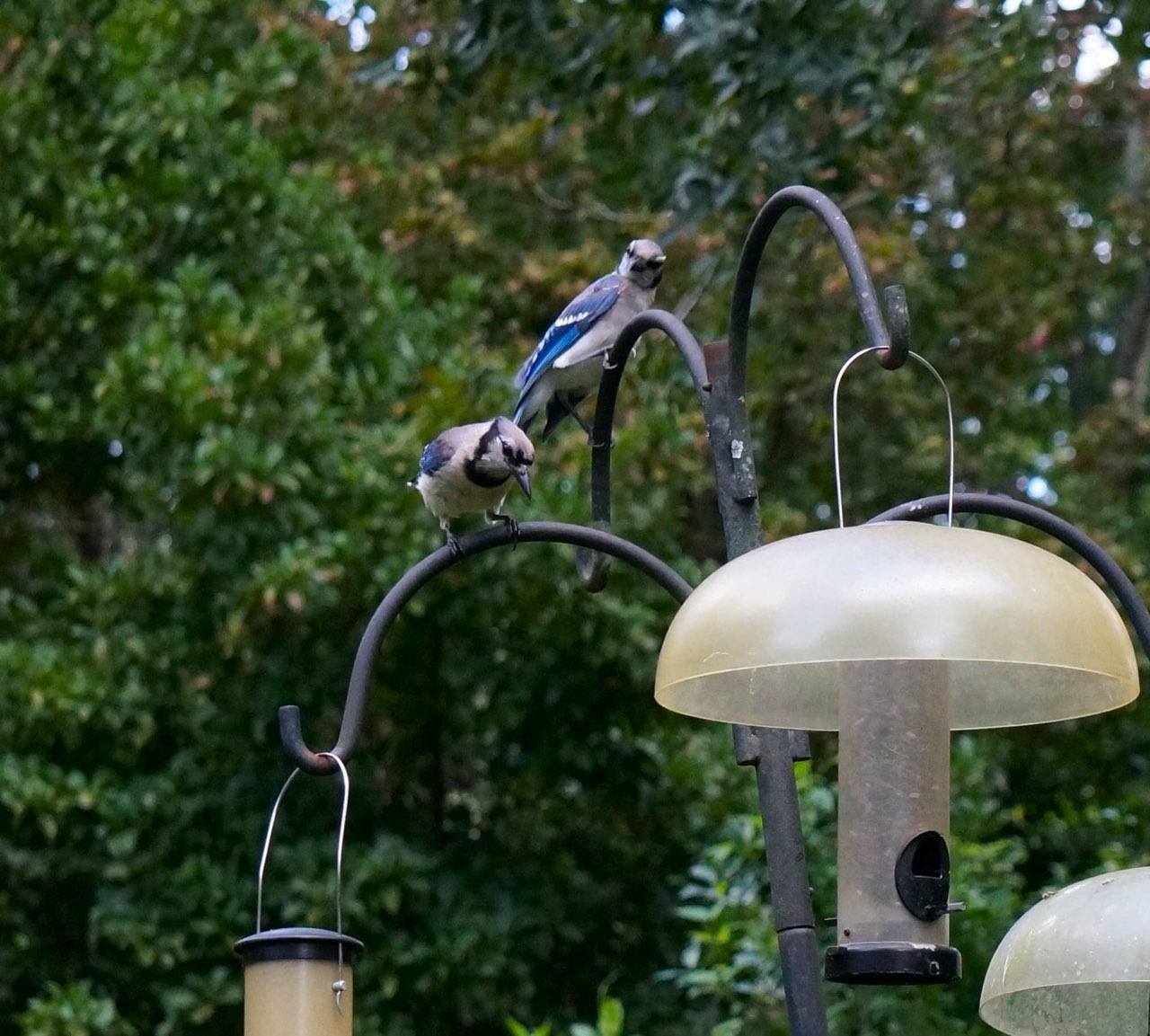
Blue Jays by Barry Fraser
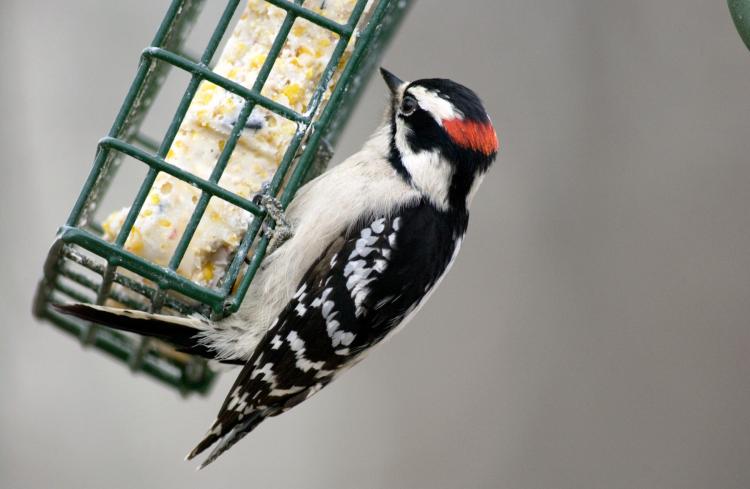
Downy Woodpecker by Missouri Department of Conservation
Providing good quality feed is important and keeping bird feeders clean is essential to helping prevent disease. Birds need a varied diet to be healthy. We can help our native birds by planting native trees and shrubs and using sustainable gardening practices in our yards.
More information on feeding birds can be found on Cornell University’s Project FeederWatch site.


